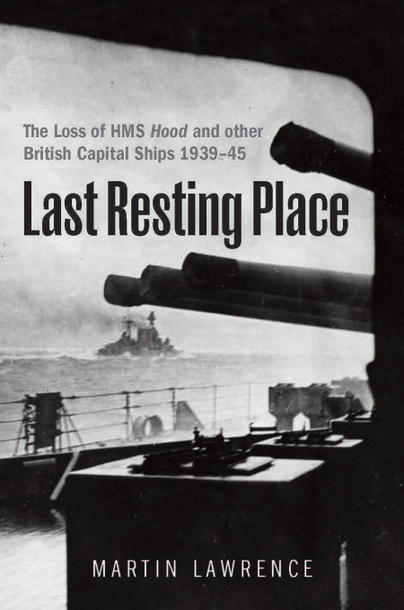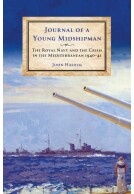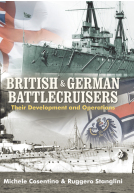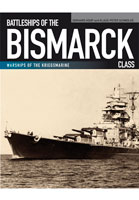Google Books previews are unavailable because you have chosen to turn off third party cookies for enhanced content. Visit our cookies page to review your cookie settings.
Last Resting Place (Hardback)
The Loss of HMS Hood and other British Capital Ships 1939–45
By
Martin Lawrence

Pages: 224
Illustrations: 50 mono illustrations
ISBN: 9781036133313
Published: 31st March 2026

Pages: 224
Illustrations: 50 mono illustrations
ISBN: 9781036133313
Published: 31st March 2026
You'll be £20.00 closer to your next £10.00 credit when you purchase Last Resting Place. What's this?
+£4.99 UK Delivery or free UK delivery if order is over £40
(click here for international delivery rates)
Order within the next 39 minutes to get your order processed the next working day!
Need a currency converter? Check XE.com for live rates
(click here for international delivery rates)
Order within the next 39 minutes to get your order processed the next working day!
Need a currency converter? Check XE.com for live rates
Last Resting Place looks at the loss of each of the ten capital ships of the Royal Navy that were sunk during the Second World War. The stories of some of the sinkings are well known and have become deemed simply part of the fortunes of war. Naval war involves battles, and in sea battles, sooner or later, protagonists are sunk.
But for some of the capital ship losses the stories of how disaster struck are not quite as straightforward. The sinking of HMS Hood, for instance, has led to questioning the verdict of the official enquiry over many years, even up to the present day. It was concluded at the time that Hood was lost to a lucky hit from Bismarck that drove through the ship and caused a magazine at the stern to catch fire. The inquiry did go through various possibilities in detail but this was the best fit of three alternatives considered and has been left to stand. Yet Hood’s record of numerous dockings for repairs before her last sortie – some of which were heavy – was never even brought up, a surprising omission and the more so since close to the outbreak of war the First Sea Lord had commented: ‘she [Hood] needs a complete and total change of machinery as hers is twenty years old,’ and ‘the likelihood of her being able to steam at speed for any distance must be considered remote.’ Why was mechanical breakdown overlooked? The author’s detective work has brought to light some radical new conclusions.
Some other ships such as Ark Royal and Hermes had their wrecks located on the seabed miles away from the official recorded position of their sinking and the loss of Royal Oak in Scapa Flow was an avoidable debacle. Even more contentious was the loss of Glorious, sent to Norway to recover some hopelessly antiquated Gloster Gladiator aircraft and lost on her return when she ran into the German battleships Scharnhorst and Gneisenau. The results of the inquiry into her sinking were later locked away for 100 years, a decision that has led to much speculation about the actual purpose of her mission and what is it about it that is being hidden from public view.
In ten chapters the author dissects what happened to these fine ships, how their losses came about and where their wrecks are located; and he looks in detail at theories, causes and conclusions surrounding the sinkings. It is a fascinating compilation for anyone interested in the history of the Royal Navy’s great capital ships and sheds genuine new light on the calamitous destruction of nearly half of them during the War.
There are no reviews for this book. Register or Login now and you can be the first to post a review!
About Martin Lawrence
MARTIN LAWRENCE has a professional background in a variety of technology industries that have combined mathematics, physics and engineering; and at the same time he has pursued a lifelong interest in the work of the Armed Forces and the Royal Navy in particular.
Customers who bought this title also bought...
Other titles in Seaforth Publishing...















